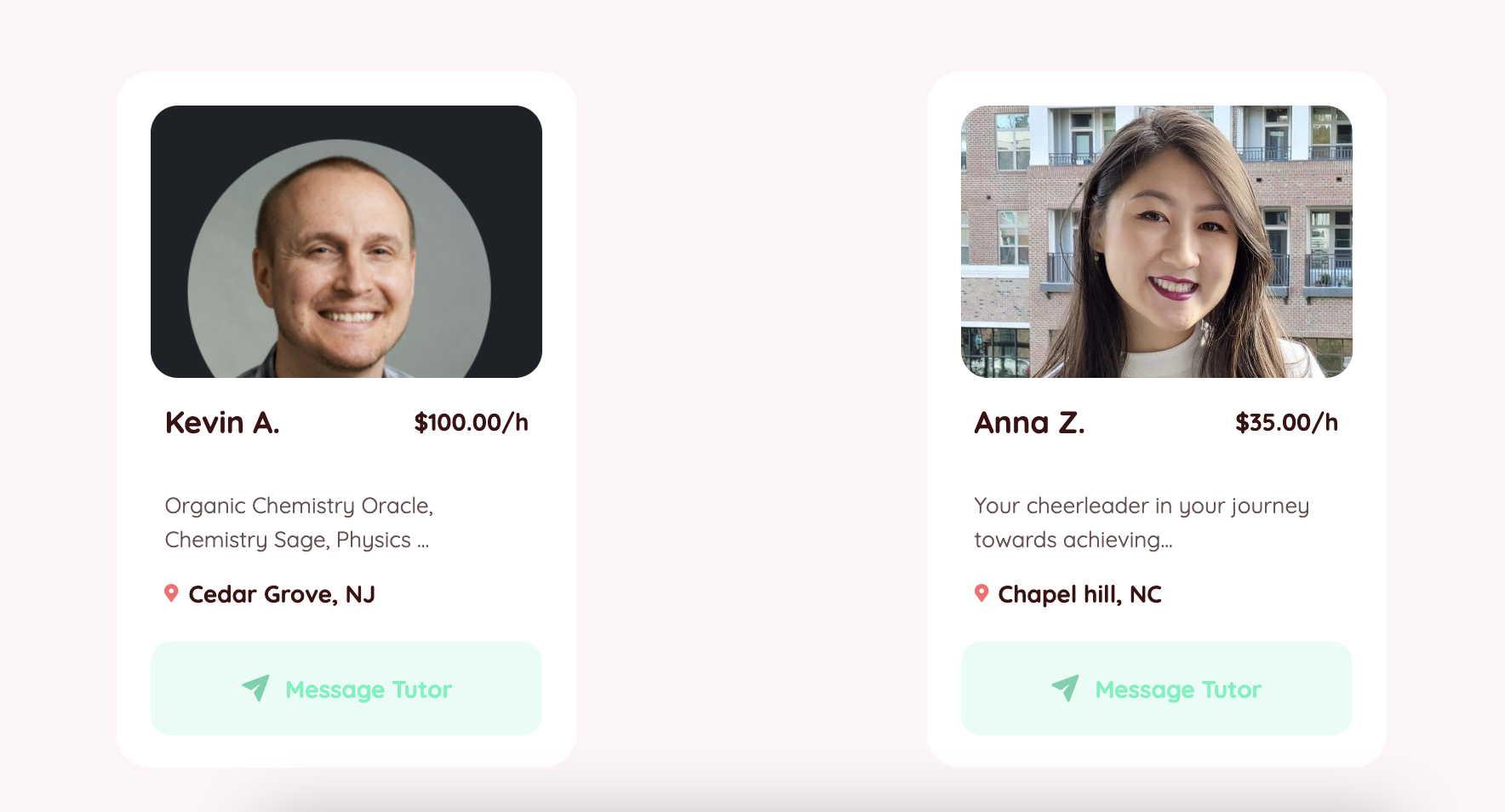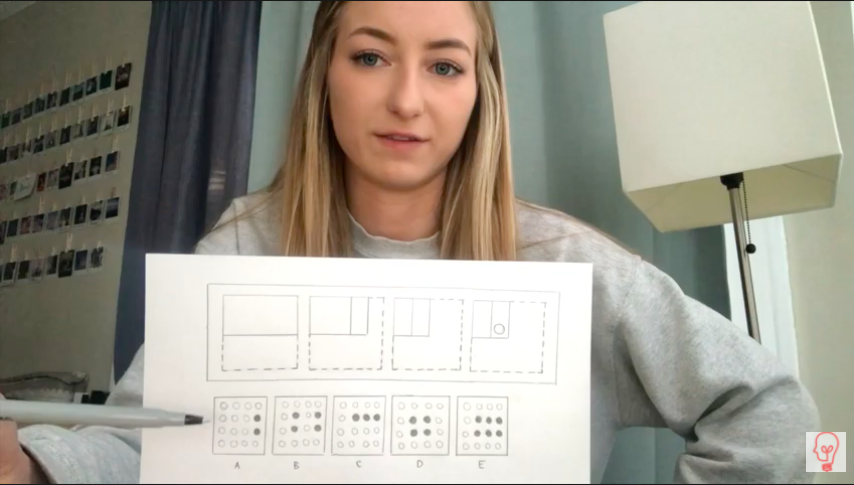So the first thing I wanted to go over was hole punching. Cuz I think that with practice, um, pretty much anyone can pick this one up. It's not too bad. I apologize in advance. I don't have a printer, so I just kind of wrote up a problem for us to do together using a candle to pull it up.
So when you go to the hole punching section of the P a T, this is the first thing you're gonna see. I know it looks a little overwhelming right now, but I'm just gonna walk us through it together.

So first here are our solutions:
We have five options for what the potential answer may be. And above we're given, let's just say it's a piece of paper. We're a square piece of paper with folds in it and a hole punch in it.
And our job is to determine if we fold the paper up, punch a hole in it and unfold the paper, where are those holes gonna be? Which are these answers below our hole is gonna be here, are the hole gonna be right? Here is the hole that is gonna be just across. So that is, that is our job.
The other thing you should know is that there can be two punches on a piece of paper. Not just one, it's not always gonna be one. There can also be more than three folds or two folds there's there can be multiple folds and it varies from problem to problem.
And the more complicated ones have obviously more holes, uh, and more folds. So we're gonna start off with a relatively easy one. And whenever I'm doing these problems, I think the best thing that helped me become familiar with it was starting with sticky notes because they're already square.

So I'm just gonna take a sticky note. Actually. I should probably explain something else first. So when we look at these dot audit lines represent empty space and they just kind of help us visualize where that square is gonna be, whereas solid lines either represent the paper's edge or a fold. So that's it.
So looking at this first one, if this is our piece of paper completely unfolded, and this is where no paper exists, then that must mean that this line is a fold and this line is an edge. That makes sense. So I'll show you right here. We're just gonna fold this in half like that. Boom.
And now we have, that's our first fold and it's folded from behind upon itself. In our next panel, we have no paper all the way along here, but we do have a paper's edge here and a fold here. And that means this must be a fold because we just kind of lost our paper edge right there. So we're gonna fold it right across like that.
Done in our next panel, we have a very similar situation where we kind of lost some of the edges of our paper here, but we do have this line and do have this line and we lost this.
And I think the only, the only solution that that could be was another fold on top of itself, which you can do on the P and T will fold over existing folds, which is what makes this section kind of complicated at times. So I'm just gonna do it again.
I'm gonna fold it over top and then as you can see, we now have our final shape. My roommate was kind enough to let me use her hole punch. So I have a hole punch right here. I'm just gonna punch a hole, um, in the existing space.
So now you can see that we have the exact same thing. We've done all the folds. And so now we're gonna unfold it to find out which one is correct. So we're gonna just unfold it like this And the trouble with using sticky notes is that they are sticky, gonna unfold it. And there's our solution.
So now just looking at this, we can see that this cannot be a, obviously cannot be B because we're missing these two holes right here. It can't be C because that would ignore the fact that we have this fold. It cannot be D because it does not include these side folds, which means that the answer is E.





